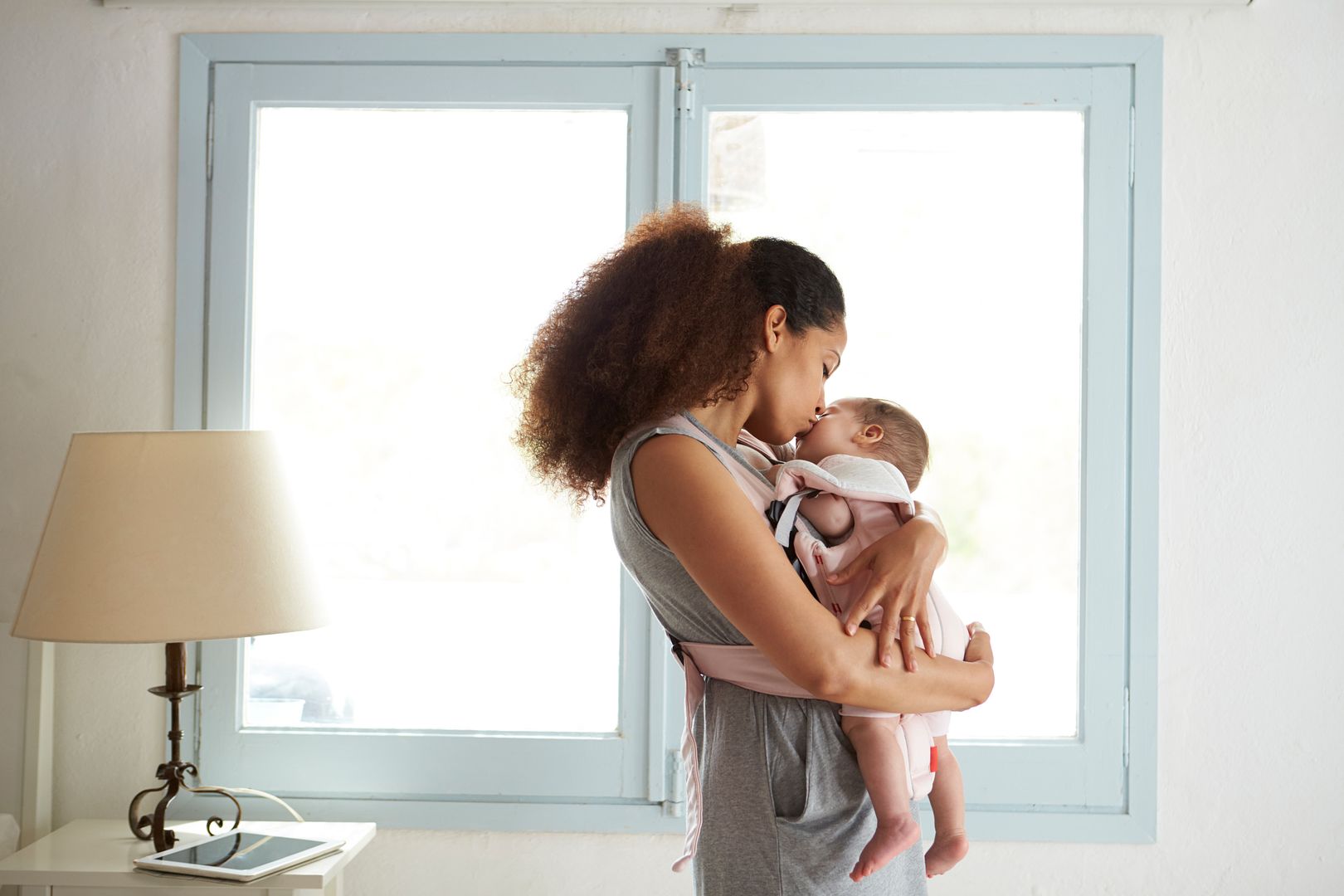My newborn baby boy, Jesse, is 13 weeks old. I will proudly carry him with me to speak about why conservatives should bring sensible paid leave ideas to the table. Sens. Mike Lee and Joni Ernst plan to introduce the CRADLE Act, which creates a national paid leave plan for working parents like me and my husband.
The time is now for lawmakers to show that government can deliver a fiscally sound paid leave plan with no mandates on business, no new taxes and no new entitlements. For the sake of young women in the workforce, I hope this Congress gets it done.
I am a millennial working woman who delivered my first child in December. I worked right up to my expected delivery date before starting maternity leave.
My employer offers paid family leave and I supplemented that with vacation time. My husband also had access to paternity leave from his company.
Having both mom and dad at home for the first eight weeks of life ensured that Jesse was cared for full-time and provided us with invaluable bonding time. While struggling to breastfeed and with sleep deprivation, at least we did not to have worry about how our bills would be paid.
Not every millennial parent has access to paid parental leave, particularly those working low-wage jobs. Only about 17 percent of workers have paid family leave, although 73 percent have paid vacation and 71 percent have paid sick leave, which they can typically access after giving birth. But one-in-five mothers quit their jobs after having their baby. For some, that’s a willing choice, but others may feel they have no other choice. Worse, nearly one-in-five workers who wanted or needed time off but didn’t have it — and 48 percent of those with incomes under $30,000 — went on public assistance.
Feeling forced out of the labor force and ending up on government assistance, disrupts a young woman’s career path and can have long-term consequences.
The good news is that there are more job opportunities for people at all levels of the economy. According to new government data, in the fourth-quarter of 2018 the share of prime-age women in the labor force rose to 75.8 percent from 73.8 percent in 2015. We can credit a few factors to the reversal of a 16-year decline in women’s labor force participation: a strong jobs market, an increase in women-dominated jobs in industries like health care and social services, and rising wages.
The expansion of paid leave benefits likely also played a role: Thanks to the Republican-passed tax cuts, employers such as Chipotle, Starbucks and CVS now provide paid leave benefits to their employees.
Washington now has a chance to increase access to paid leave benefits even more, in a way that does not discourage the private sector employers from continuing to augment benefits on their own.
The idea is Social Security Earned Leave (SSEL), and it’s the brainchild of the Independent Women’s Forum. (Sen. Marco Rubio and Rep. Ann Wagner modeled their bill after this idea in the previous Congress.)
Under this plan, Congress would reform Social Security to allow new parents the option to receive parental leave benefits after giving birth or adopting a child. In exchange, they would delay eligibility to receive Social Security retirement benefits or have a slightly lower retirement benefit. This makes the program budget neutral over the long term.
This program would be a life-line particularly for low-wage workers, and even if just 12.5 percent of eligible parents participated, about 1 million new parents would have access to paid time off.
This should be an approach lawmakers on both sides of the aisle can get behind for a number of reasons.
While SSEL would expand the safety net to fill a crucial hole — something Democrats have long advocated — it would impose no taxes on workers or employers to fund the benefit. It pays for itself over the long run.
Unlike other approaches, this wouldn’t be a new entitlement because it employs the existing Social Security program, but gives workers access to the benefits they are already earning.
There are no mandates on business, which can make young female workers less attractive to hire, and leaves existing compensation structures intact.
In addition, SSEL is voluntary and only impacts workers who want the benefit making them pay the cost.
Finally, it discourages workers from dropping out of the workforce and going on welfare.
Society will be better off. Paid parental leave increases labor participation and health among women. It also improves the health and future prospects of babies.
It’s not surprising that support for paid maternity leave is nearly universal (96 percent) and for paternity leave remarkably high (85 percent). This is one area that virtually all Americans can agree on.
As we celebrate the progress women are making in the labor force, I hope Washington will embrace the idea of a modest self-funded plan that helps parents when they need it most, and keeps women and families off welfare and in the workforce.


